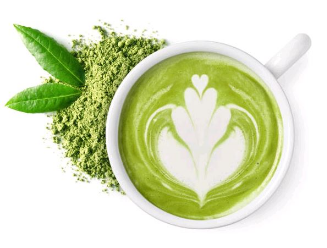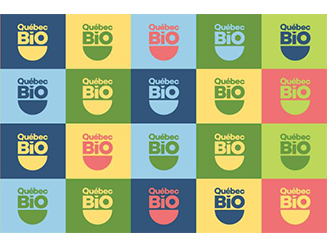Matcha is a concentrated form of green tea. The leaves are ground into a powder, allowing you to ingest the whole leaf, which may provide more health benefits than regular tea. However, drink it in moderation. Green tea is one of the most popular beverages in the world. It offers a variety of potential health benefits, such as improved heart health and reduced skin damage from the sun. Matcha, a particular variety of green tea, is marketed as being even healthier than other types. It is grown and prepared differently than other green teas. Additionally, the tea leaf is consumed in its entirety. However, you may be wondering if matcha lives up to its hype.
What is matcha?
Both matcha and regular green tea come from the Camellia sinensis plant, which is native to China. However, matcha is grown differently than regular green tea. Tea plants are shaded from the sun for 20 to 30 days before harvest. The shade triggers an increase in chlorophyll levels, which gives the leaves a darker green hue and increases amino acid production.
After harvest, the leaf stems and veins are removed. They are then stone-ground into a fine, bright green powder called matcha. Because the whole leaf powder is ingested, matcha contains more of certain substances—like caffeine and antioxidants—than green tea. A typical 2- to 3-ounce serving of standard matcha, consisting of 1/2 to 1 teaspoon of powder, typically contains about 70 mg of caffeine. That’s significantly higher than a cup (237 ml) of regular green tea, which provides 35 mg of caffeine.
The caffeine content also varies depending on how much powder you add. Matcha, which can have a grassy and bitter taste, is often served with sweetener or milk. Matcha powder is also popular in smoothies and baking. In short, matcha is a type of high-quality powdered green tea. Grown and prepared differently than regular green tea, it contains higher amounts of caffeine and antioxidants.
How to make it?
While regular tea is made from steeped leaves, matcha is made from ground whole leaves. The tea is usually prepared in the traditional Japanese way. The tea is measured out with a bamboo spoon, or shashaku, into a heated tea bowl called a chawan. Hot water (around 70°C) is then poured into the bowl. The tea is whisked with a special bamboo whisk, called a chasen, until it becomes smooth and frothy.
Matcha can be prepared in several consistencies:
Standard Most people mix 1 teaspoon of matcha powder with 2 ounces (59 ml) of hot water.
Usucha (thin) This thinner version uses about 1/2 teaspoon of matcha mixed with 3 to 4 ounces (89 to 118 ml) of hot water.
Koicha (thick) Sometimes used in Japanese tea ceremonies, this thick version calls for 2 teaspoons of matcha per 1 ounce (30 ml) of hot water. There is no foam, and a higher quality of matcha is required.
Remember, you don’t need any special equipment to make a good cup of matcha. A cup, teaspoon, and small whisk will do the trick.
Taken and adapted from : Healthline




